Feelin’ Lonely – Separation-Related Distress, Isolation Distress and Alone Time Training
It is no secret that dogs are social animals – we don’t refer to dogs as ‘man’s best friend’ for nothing! Unfortunately, most of us cannot spend 100% of our time with our four-legged friends, as much as we may like to, and we need our dogs to feel comfortable with the fact that occasionally they will be left alone for a few hours. ‘Separation anxiety' is an umbrella term used to describe undesirable or distressing behaviours that occur when we leave our dogs to their own devices. This article is intended as a brief, crash-course to separation-related issues, covering what it looks like, what it isn’t and how we can start to make our canine companions feel safe and secure when we need to leave them alone.
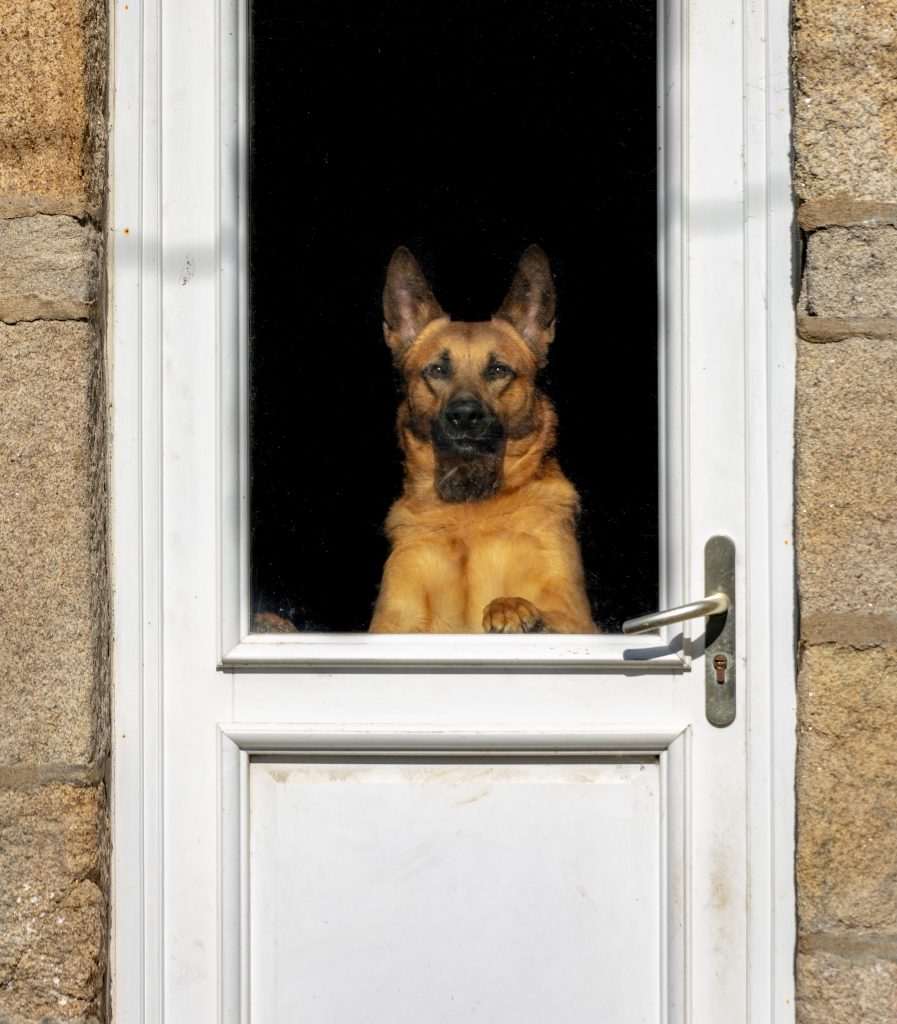
What is Separation-Related Distress & What Does It Look Like?
The incidence of separation-related issues is surprisingly common, with as many as one in every four to six dogs struggling with it at some stage in their life. Most commonly occurring in older dogs, separation-related issues encompass a wide range of behaviours and at varying levels of intensity from case to case.
It can be as minor as a dog whining once or twice as its owner walks out the door, or as intense as a dog that jumps through a glass window, causing itself extreme injury, to follow its owner down the driveway.
So, what causes separation-related issues? Unfortunately, there is no easy answer. Like all behaviour, separation-related behaviour is a function of the individual’s genetic makeup, their past experiences and their environment.
A contributing factor is the nature of the bond between humans and our dogs. We have been breeding dogs for thousands of years and countless generations to spend time with us and to attend to us as we go about our daily tasks. It is not surprising that our busy lifestyles have left our dogs not knowing what to do with themselves when left alone!
Separation-related behaviours in dogs may be overt, or they may be subtle. While some dogs have no compunctions about howling to the neighbourhood about their distress at being left alone, others may do nothing more than pace circles around the yard until their human comes back to them.
Some of the more common and more overt behaviours which may indicate a problem with separation include:
- Vocalisations (barking, howling, and whining)
- Scratching at entrance/exit points
- Destructive behaviour
- Digging
- Escaping from their owner’s house or yard
- Pacing
- Excessive salivation
Some of the more subtle separation-related behaviours include:
- Hesitance to move to the area in which you leave them (e.g., the backyard)
- Food or chewies left to occupy them while you are gone left uneaten
- Difficult for you to get out the front door
- Staring quietly at the door you exited from until you return
- Excessive sleeping once you return
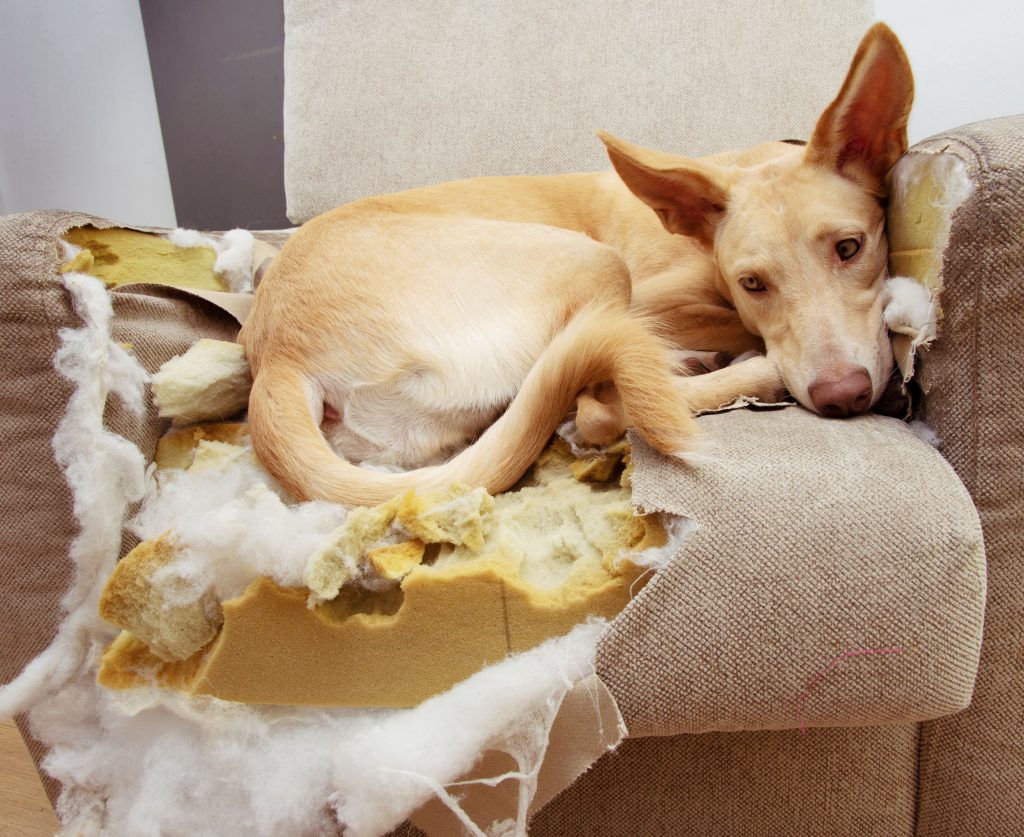
While these are all some of the more common, ‘textbook’ separation-related behaviours, keep in mind that each dog is an individual. Their response to the stress of a separation may look different to what has been described above, but that is not to say that the problem is not related to being alone.
Is This Really A Separation-Related Issue?
Before we jump to conclusions, it is important to make sure that the behaviours you are observing are truly in response to being left alone. The behaviours that we associate with separation problems can have a wide range of different causes, so it is always wise to start with some ‘detective work’. There’s no point working our way through an intensive separation anxiety treatment program if we can resolve the issue with some minor environmental or routine changes – if there’s a quick fix, we want to know about it!
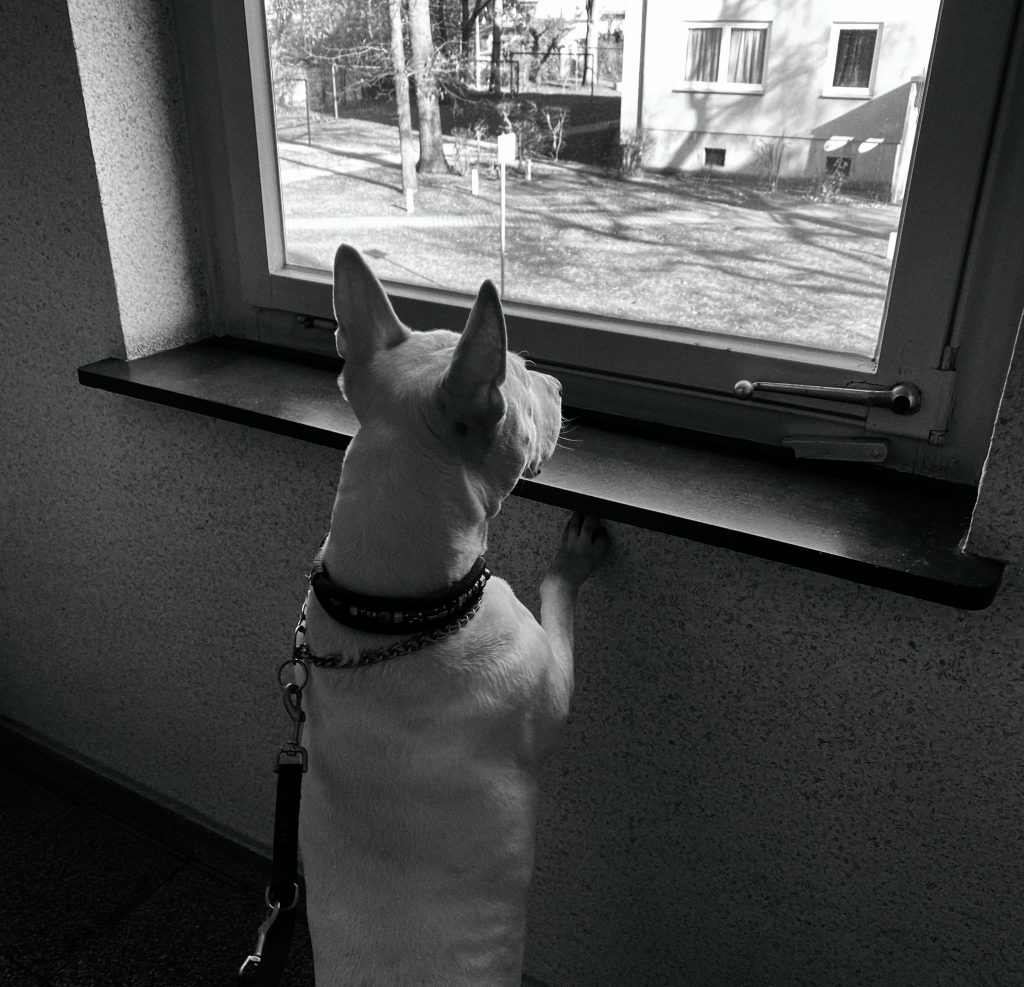
Some questions to include as part of your sleuthing include:
- Have these issues just started?
- How long have you had this dog? Could it manage absences in its previous home?
- Could your dog previously cope with your absences? If so, what is different now?
- Has anything in the environment changed recently? Some examples include nearby roadworks, change of season, new neighbours, a new roommate, a second dog, and so on.
- Are the neighbour’s cats visiting the property? A dog spending the afternoon barking at a hard-to-reach cat can sound a lot like a dog struggling with isolation to someone who doesn’t know the cat is there!
Based on what you’ve found out, make some changes, and see if anything improves. For example:
- If your dog usually spends most of its time inside the house with you but you put it outside when you leave, trial leaving it inside the house. Doesn’t have the skills to be left unsupervised inside yet? Reduce free access to the whole house until they're ready.
- Increase the amount of exercise and environmental enrichment your dog is receiving. It’s not uncommon for destructive behaviour to be less about stress and more about keeping themselves entertained.
- Add in some white noise (radio, TV, white noise app, etc). If your dog is particularly noise sensitive, sometimes the sound of pedestrians, traffic, or similar can be hard for them to manage. White noise is a great way to mask intrusive sounds.
While these interventions will rarely resolve the issue for a dog struggling with severe separation-related issues, they will help if the underlying cause is something other than isolation. If your dog is truly experiencing separation-related distress, these interventions can be an important diagnostic step when working with a trainer to develop a behaviour modification plan.
Separation Anxiety vs. Isolation Distress
There are two broad categories of separation-related distress: isolation distress and separation anxiety.
Isolation Distress:
This refers to a dog that experiences distress when left completely alone. These dogs don’t need a specific person around, they just need some form of company. Company can take the form of a person other than its owner, another dog or even another animal, such as a cat. Dogs suffering from isolation distress are considerably easier to live with than dogs suffering from true separation anxiety as there are considerably more management options and most of them are not difficult to implement.
Some example management options include:
- Playdates with a friend or family member’s dog while you are out
- Doggy daycare
- Asking a friend, neighbour, or roommate to ‘dog sit’ for you when you need to leave the house
While in some circumstances getting another dog may be just what you need to help your dog get through the workday, however, proceed with caution! If it turns out that your existing dog still becomes distressed when you leave, even with his new friend present, you may now have doubled your problem. If you suspect that another dog will help your dog’s separation issues, it is a good idea to test the theory first with a friend’s dog or a foster dog before you’ve committed to bringing a new animal into your house.
Separation Anxiety or Separation-Related Distress:
This refers to a dog that becomes distressed when it is separated from a specific person or persons. This is considerably harder to manage than isolation distress as essentially the dog needs constant, 24-hour access to their person to feel safe, and even someone with an incredibly flexible schedule will struggle to provide this. At some stage or another, the owner will need to go to work, or to the supermarket, or to some other location in which dogs are not welcome, and at that time their dog will feel distressed.
There is no ‘quick fix’ for dogs like this. For the best prognosis, it is recommended that owners work with an experienced trainer to implement a behaviour modification plan, often also with a veterinarian or veterinary behaviourist. Many dogs suffering from separation-related distress benefit from the use of anxiolytic medication in conjunction with a long-term training and management plan to get the best results.
Food Enrichment Toys
Food enrichment toys have a place when we’re working on a dog’s ability to be alone, but they do need to be used correctly. We can’t expect a dog who struggles when left alone to cope perfectly just because we’ve left him with a few chewies!
Food enrichment toys come in all shapes and sizes and to fit all budgets - Kong toys, puzzle feeders, licky mats, snuffle mats, and so on – so it’s a great idea to have a bit of a range that you can cycle through to keep them fresh and interesting for your dog. Keep in mind that with most enrichment toys, you will need to start easy and build up the difficulty with time. If you fill a Kong too tightly, to begin with, your dog is likely to give up as too hard a job. If you start easy and gradually make it a little more challenging each time, it won’t take long before your dog is an amazing problem solver, and no food toy is too difficult for him!
Food dispensing toys can be expensive. If you’re not keen to shell out big money for toys all in one hit, you can make your own enrichment toys. A milk bottle with a few handfuls of treats will keep most dogs happily occupied for a while.
Pros:
- If your dog enjoys these toys and has frequent access to them when alone, we can (hopefully) build that association between good things happening when we leave
- Makes the environment more interesting while you’re gone
- Useful when first starting to leave your dog for short periods. Present with an enrichment toy, let them start working at it, leave and return before they’ve finished it
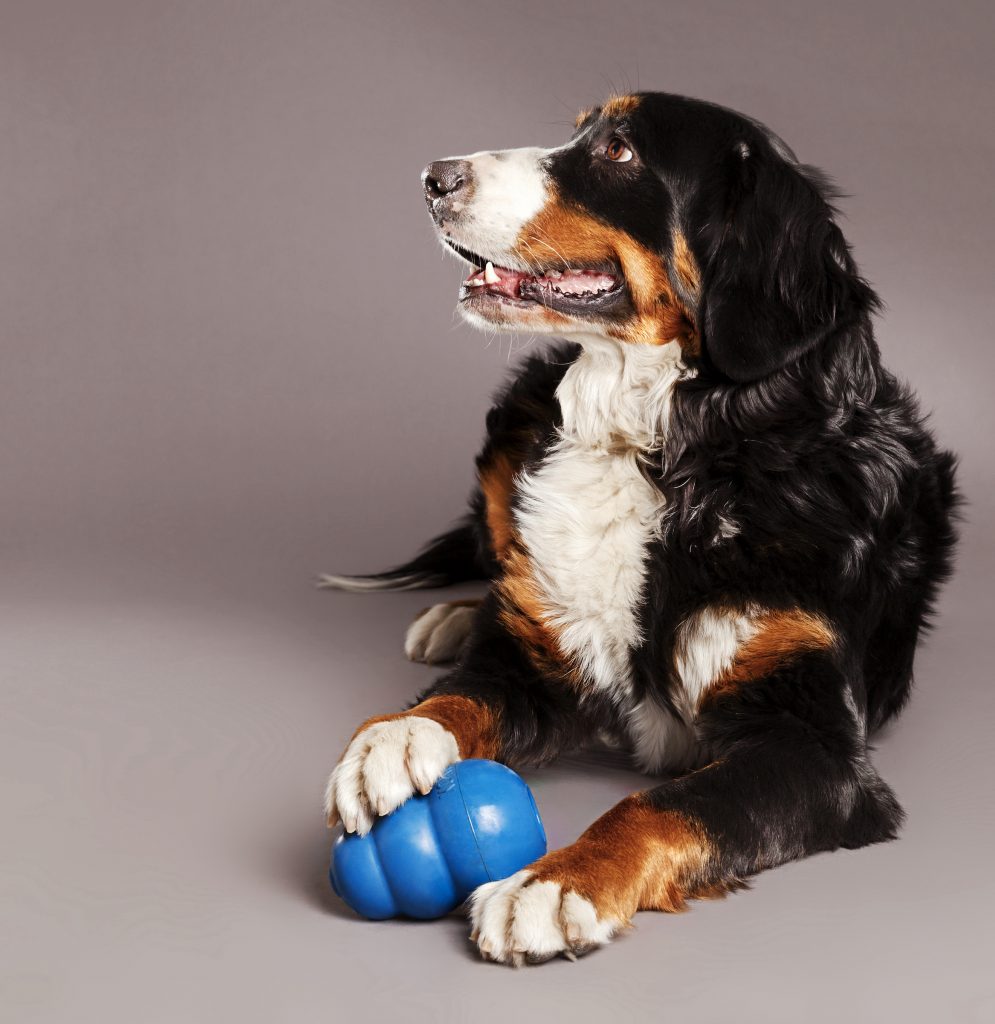
Cons:
- Some particularly gutsy dogs will focus on their food until it is all gone, then start to stress once they run out. If you’ve got a dog that can be left alone for 15 minutes comfortably with a food toy, but they start to stress as soon as the food is gone, you don’t have a dog that is OK for 15 minutes – you’ve got a dog that can be distracted. Their ability to be left alone might be effectively zero
- If the dog is extremely uncomfortable being left alone, being presented with an enrichment toy can sometimes become a predictor of an upcoming absence. If you find your dog is becoming stressed when presented with a Kong, they’re probably not yet ready to be left alone. Make sure they have access to food enrichment toys at other times, not just when you’re getting ready to leave
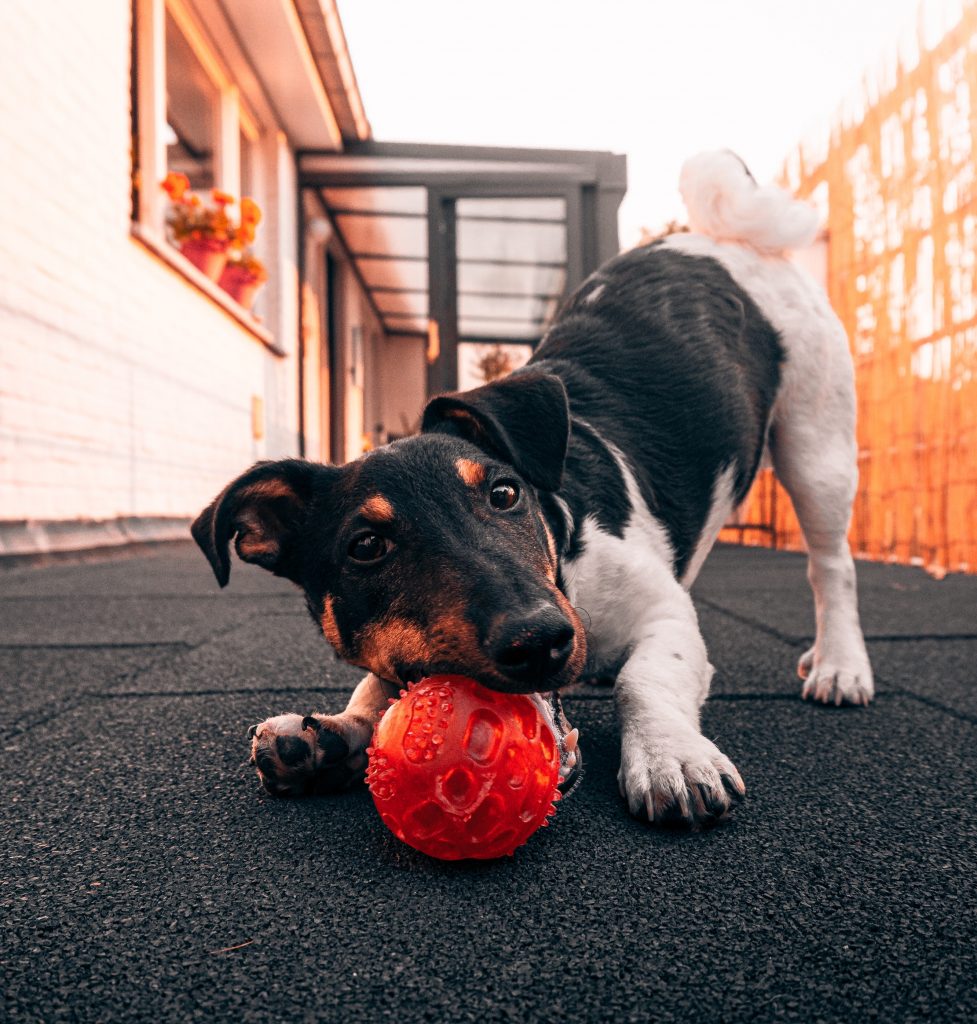
Alone Time Training – Preparing Our Dogs For Spending Some Time Alone
Even if you are normally home quite a lot, or if work from home, there are still times where you are going to need to leave your dog alone. Rather than throwing them in the deep end, there’s a bunch of things we can do to help prepare them for our absences.
Give your new dog time to settle in
If you’ve just brought a new dog home, spend a couple of days with them before asking them to spend time by themself. Settling into a new environment can be a bit daunting, and if having access to you while they are getting used to their new home brings them comfort, allow it. That’s not to say you need to drag the dog around the house with you for the first few days – give them the option to stay with you or take themself away.
Make the environment safe and fun
Make the area in which you are leaving your pup enjoyable! We don’t want to teach your new addition that fun only happens when you are around. If you’re leaving your dog in the backyard, leave them with a chewie, a new toy, a sandpit to dig in, etc. Hide some treats for them to hunt out while you’re gone. We want your dog to have a great time while you’re away.
Set them up to rest
Ideally, we would like our dogs to have a bit of a play then relax and rest until we return. As such, we need to make sure our dog is in the right headspace for calm behaviour. Before leaving make sure your dog has had plenty of exercise, training, and interaction. If your dog usually takes a nap after you have taken them for a walk, go for a walk before you leave.
Start small
When building up your dog’s confidence with being left alone, it is important to start small. As a starting point, try leaving your dog happily occupied on their bed while you move around the room. Once they become a little less attentive to you, try leaving the room briefly. We want to teach our dogs that they don’t need to have their eyes on us all the time.
Your first absences don’t need to be as dramatic as leaving your dog shut outside while you head off to work for the whole day. Five minutes alone while your pup chews on a Kong is plenty, to begin with. Once they've started to realise that you always come back and being left to their own devices is no big deal, you can gradually increase the amount of time you are away for. Monitor them for indications of distress as discussed above. A great way to do this is with video recordings or a live video feed you can check until you are confident that your dog is coping well with your absences.
It’s important to have realistic expectations. We all want a dog that can cope just fine on their own, but we may need to build up to that. We can’t expect a dog to feel comfortable with a 12-hour day on their own if we haven’t prepared it sufficiently.
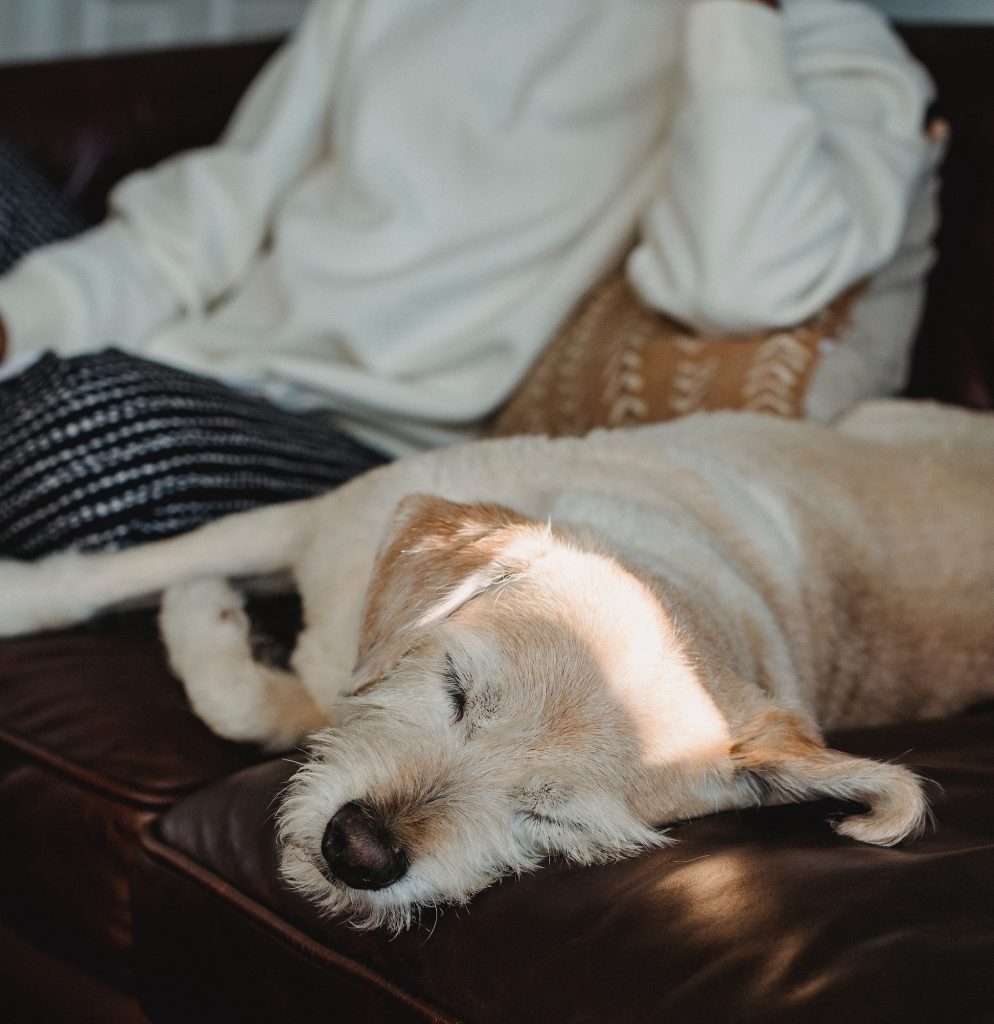
Ongoing Support
Struggling to leave your dog alone? Feel free to call SCAR at any time for a friendly conversation and some advice.
SCAR also provides reasonably priced training sessions and behavioural consultations with an experienced and qualified Animal Trainer. These sessions are available at the shelter, in your home or remotely via Zoom and can be booked by following the links here.
Thank you for taking on an individual in need of love and care, and for giving them their Second Chance – because they all deserve one!























